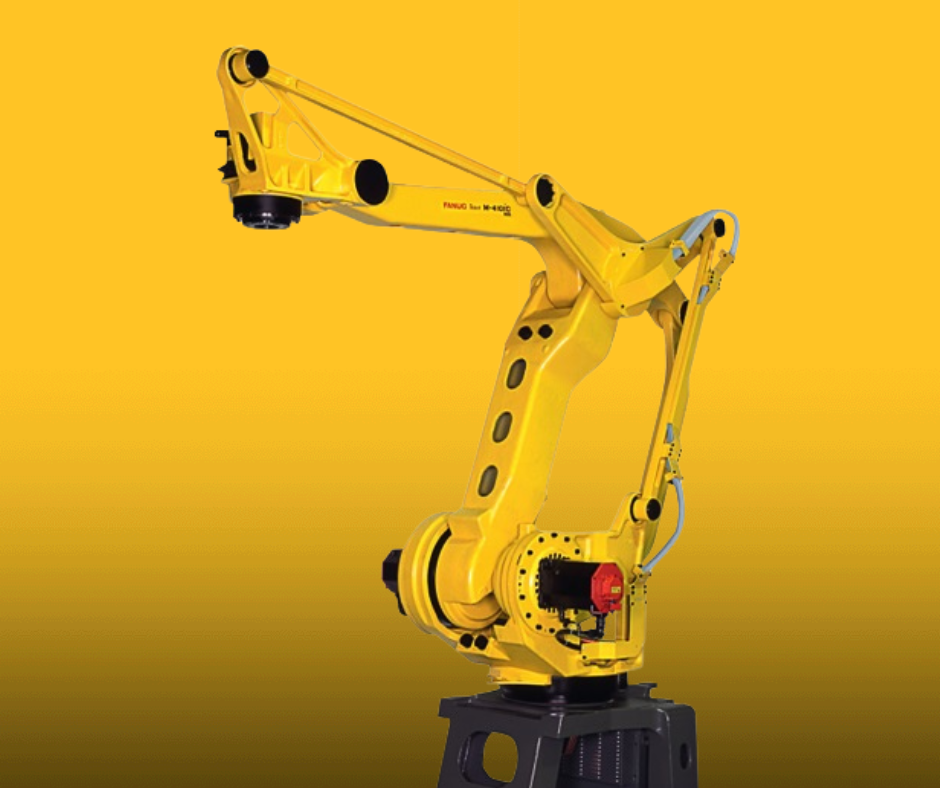At the core of modern manufacturing, robot arms are revolutionizing the rules of production, blending quality, safety and efficiency in ways that were unimaginable. The mechanical marvels, often known as robot arms become essential to industries across the globe, driven by a necessity to reduce operating expenses without sacrificing quality. When integrating robotic arms in production lines, manufacturers are not just cutting costs but also revolutionizing workplace safety and efficiency. Find out how these machines have transformed the landscape of industrial production.
The main reason for the worldwide increase in robotic arm adoption is cost-efficiency. The pressure on factories to reduce production mistakes, material waste and workplace accidents is constant. A robotic arm addresses these challenges head-on. Contrary to human laborers, robot arms complete repetitive tasks with pinpoint precision that eliminate costly errors and reducing wasted raw material. Robotic arms are used in industries with high volumes such as the automotive industry, to guarantee perfect assembly. This accuracy can result in significant savings, as less defects result in less waste, rework and working.

Image credit: automatedsolutions.com.au
Safety is another cornerstone of the robotic arm revolution. Human workers are in danger when they perform a range of jobs in manufacturing, such as handling dangerous materials or operating heavy machinery. Robots allow businesses to get their workers out of dangerous work environments and prevent workplace injuries. A robotic arm, designed as a kinematic chain with moveable joints, is modeled after the capabilities of a human arm but without the danger of physical injury. Equipped with programmable end effects basically robotic hands, they can perform tasks like spinning, grasping or welding under conditions that would be unsafe for human beings.
Robotic arms can be revolutionizing various industries due to their versatility. From assembly for automobiles to electronic production, robotic arms are able to adapt to a variety of jobs. The programability of these arms allows them to perform complicated tasks such as painting or applying fiberglass at an unparalleled degree of precision. Robotic arms have transformed the process of palletizing in warehouses by automating it with speed and precision. The automation increases productivity and security because robot arms are able to work all the time, never tiring.
Cobots are the latest breed of robots that can work in tandem with humans. Contrary to traditional industrial robots which are restricted to isolated cells, cobots outfitted with robotic arms are created to ensure safe and seamless interactions with humans. A robot’s hand can be utilized for routine tasks like heavy lifting in factories, so that workers can be freed up to handle more complex duties. The collaboration improves productivity while ensuring a safe work surroundings, as cobots can be programmed to stop or alter their movements when a human is within the vicinity.
The effect of robotic arms extends beyond safety and efficiency to the very structure of modern manufacturing. They are indispensable to industries that require high precision for tasks like welding, assembly or even material handling. For example, in manufacturing of automobiles, a robot arm can move and rotate parts while assembling, ensuring flawless alignment, without the intervention of humans. Similarly, in electronics, robot arms handle delicate components with care, reducing damage and improving output quality.
As industries continue to develop with the advancement of technology, the need for robotic arms will only grow. They’re a crucial element for the future of manufacturing due to their capability to lower costs, enhance security and adapt to various tasks. Through the combination of cutting-edge technology and human creativity, robot arms are not just tools they’re partners in progress, driving innovation and changing the way we create the world around us.
